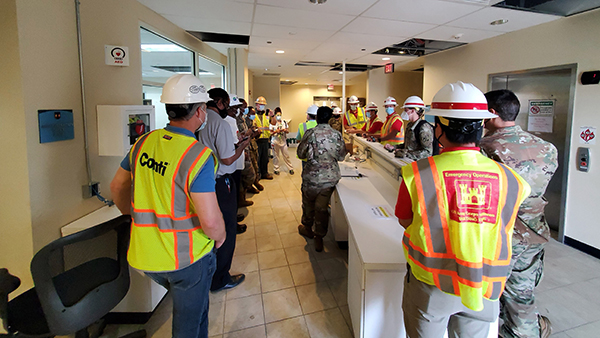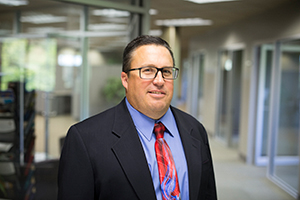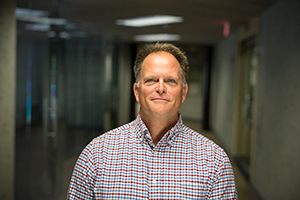Rapidly standing up two COVID-19 hospitals at the height of the pandemic offers a master class in disaster preparedness and response.

By Patrick Hogan and Andrew Weber, Conti Federal Services
When the coronavirus crisis struck in early 2020, the U.S. government erected emergency hospitals to treat COVID-19 patients. The Army Corps of Engineers turned to private-sector contractors to rapidly convert existing structures to medical facilities.
But the economy was closing down. Flights were canceled, supply chains disrupted, and manufacturing plants shuttered. It was the worst time to deliver medical-grade construction projects in accelerated timeframes.
Conti Federal was called on to convert a gymnasium in Paramus, New Jersey, in just 14 days and a National Guard barracks in St. Croix in 22 days. The daunting challenges and the strategies for success hold lessons for organizations across industries in how to prepare for and respond to disasters.
The Paramus project converted the gymnasium of the Bergen New Bridge Medical Center to an alternate care facility (ACF) for 30 patients. The St. Croix effort converted a National Guard barracks to a 24-bed ACF to serve the U.S. Virgin Islands in case of a large COVID-19 outbreak.
Both undertakings included hospital-grade heating, ventilation and air-conditioning (HVAC), electrical and plumbing upgrades, emergency power supply, data wiring, fire protection, nurse stations, patient rooms, and more. Multiple teams worked around the clock (literally) in confined spaces while observing strict masking and sanitation protocols.
But the biggest challenges involved time and supply constraints. Work began before designs were completed, plans were modified on the fly, alternate materials were sourced when necessary, and resources were flown in when local talent was unavailable.
Of course, these factors are present in many disaster-response scenarios. While every organization hopes to avoid a catastrophe, if you ever face a disaster situation, follow these lessons learned to achieve disaster-response success:
To complete the St. Croix project on time, we chartered planes to airlift in materials. One partner reopened a shuttered plant to make a specialized pump, and the company’s owner personally drove the item to the airport to load it onto a Lockheed L-100 Hercules aircraft.
Inspiring those kinds of actions is how disaster response gets done. By following the steps described here, your organization can more effectively plan for and respond to an unexpected disaster. It’s how Conti Federal continues to get projects Done Once, Done Right.
About the Authors

Patrick Hogan, Vice President, has worked with Conti Federal Services for almost 30 years on several disaster response projects, namely hurricane Katrina and hurricane Sandy recovery, in addition to emergency COVID hospitals.

Andrew Weber, Program Manager, has worked with Conti Federal Services for 30 years on disaster response projects such as hurricane Katrina and hurricane Sandy emergency recovery, in addition to construction of COVID hospitals.
In this episode, I sat down with Beejan Giga, Director | Partner and Caleb Emerson, Senior Results Manager at Carpedia International. We discussed the insights behind their recent Industry Today article, “Thinking Three Moves Ahead” and together we explored how manufacturers can plan more strategically, align with their suppliers, and build the operational discipline needed to support intentional, sustainable growth. It was a conversation packed with practical perspectives on navigating a fast-changing industry landscape.